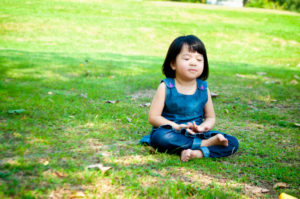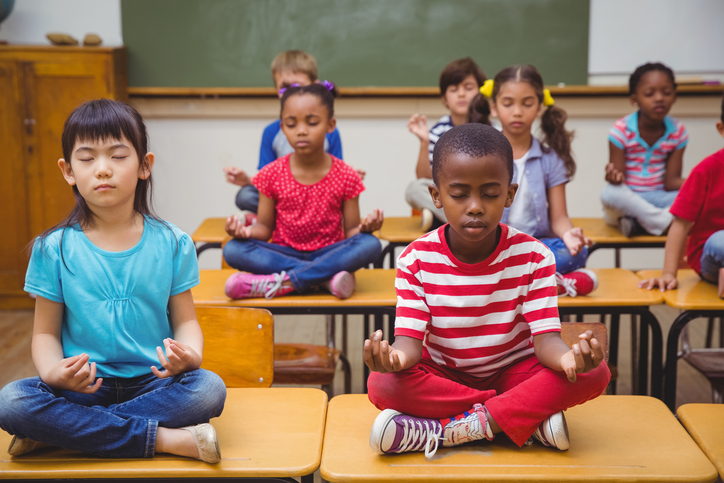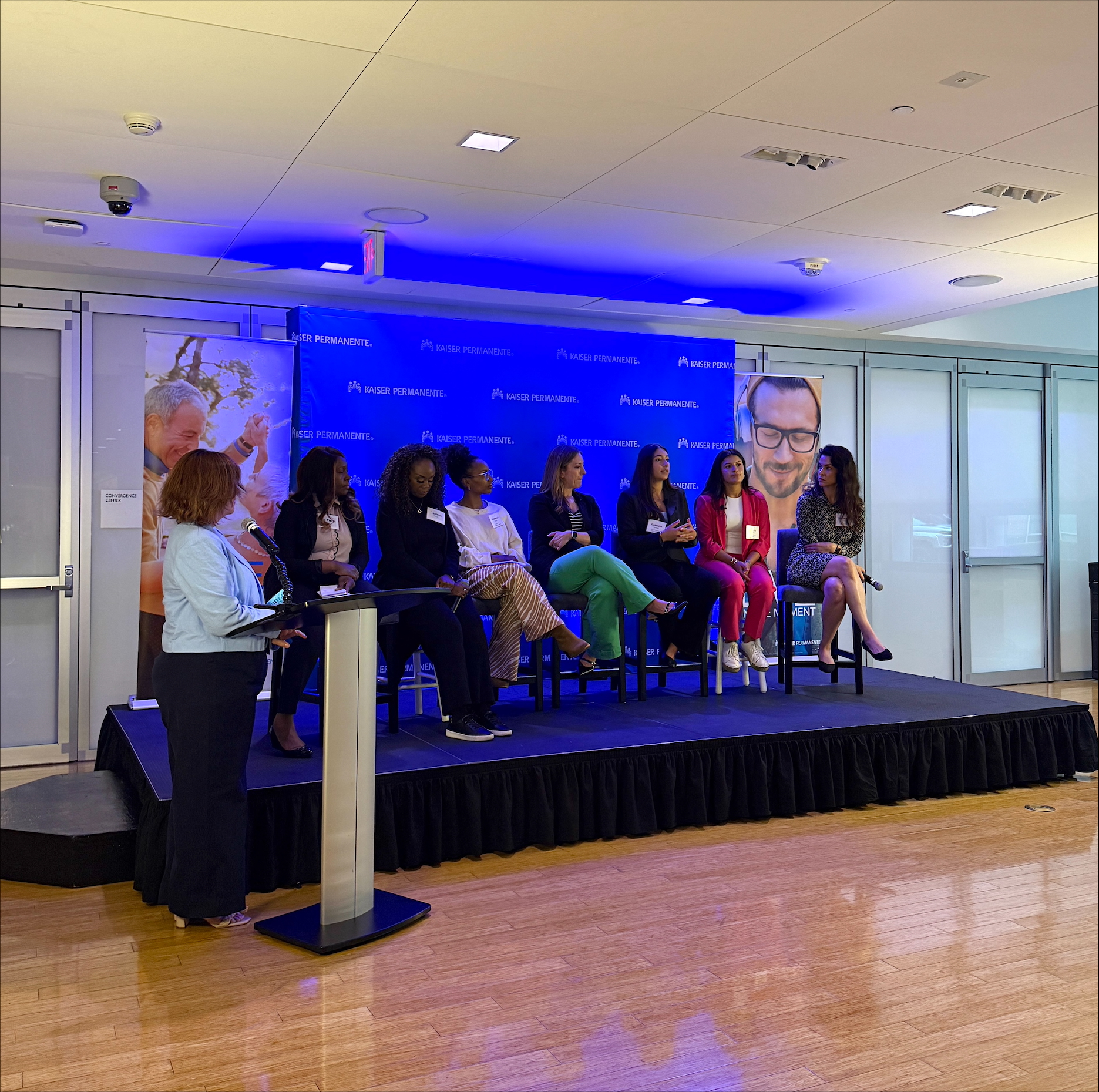Healthy learning environments are important for student success. Teachers want the best for their students — incorporating mindfulness into school days is one way to improve classroom atmospheres.
While research is new about the benefits of mindfulness in a classroom setting, mindfulness can still be a useful practice in the lives of children. Jennifer Whaley, MD, a psychiatrist with Kaiser Permanente in Georgia, provides guidance on how to introduce mindfulness practices into the classroom.
What is mindfulness, anyway?
“Mindfulness means paying attention on purpose to the present moment without judgment,” explained Dr. Whaley. “And ‘without judgment’ means being present with whatever is — and not trying to change it or think that it needs to be something different from what it is.”
Without judgment sounds simple, but still, thoughts of judgment may wander in, noted Dr. Whaley. When practicing mindfulness, being in the moment without judgment can help us be aware of what goes on in our heads, bodies and thought patterns, which leads to being less emotionally reactive.
Dr. Whaley elaborated on two common misconceptions regarding the practice of mindfulness. First, people often shy away from practicing mindfulness because they think that they must be Buddhist to practice. However, mindfulness is a practice that is open to everyone. Second, people often think that while practicing mindfulness, their minds should be empty of all thoughts and they should feel calm, but our minds are designed to think, and we do not always experience calm. Rather, practicing mindfulness can provide people a time to focus their attention and increase self-awareness.
How to get started
Teachers and parents who wish to practice mindfulness with children should have a good understanding of the practice before they can teach others. Because mindfulness is experiential, those who want to teach should first have their own mindfulness practice.
 Start by reading a book like “Mindfulness for Beginners,” by Jon Kabat-Zinn. Then consider attending a mindfulness based stress reduction class. You can search online for mindfulness classes. Apps like “Calm” and “Insight Timer” are resources for guided meditations.
Start by reading a book like “Mindfulness for Beginners,” by Jon Kabat-Zinn. Then consider attending a mindfulness based stress reduction class. You can search online for mindfulness classes. Apps like “Calm” and “Insight Timer” are resources for guided meditations.
Continue to read books, attend classes and practice mindfulness exercises for a few months. Once you are comfortable practicing mindfulness yourself, you may want to start to introduce mindfulness in the classroom. It’s best to do that with some guidance and training. Organizations such as Mindful Schools provide useful training and curriculum for teaching mindfulness to children.
Dr. Whaley suggests two books as additional resources: “Sitting Still Like a Frog: Mindfulness Exercises for Kids (and Their Parents),” by Eline Snel, and “Planting Seeds With Music and Songs: Practicing Mindfulness with Children,” by Thich Nhat Hanh.
One simple classroom activity
Have a special sound that invites the class to take a mindful pause. Ideally, the sound should not normally be heard in the classroom. A bell ringing or a special clap often works well.
When the sound is produced, invite the students to take a few deep breaths and notice how they’re feeling in that moment. Continue this for one to two minutes before resuming classroom activities.
Remember that it is best for adults to model mindfulness practices for kids. Mindfulness can foster a greater sense of connectivity to others and our world, while helping kids understand their emotions.
Mindfulness is changing lives — one person, and then one classroom at a time.




